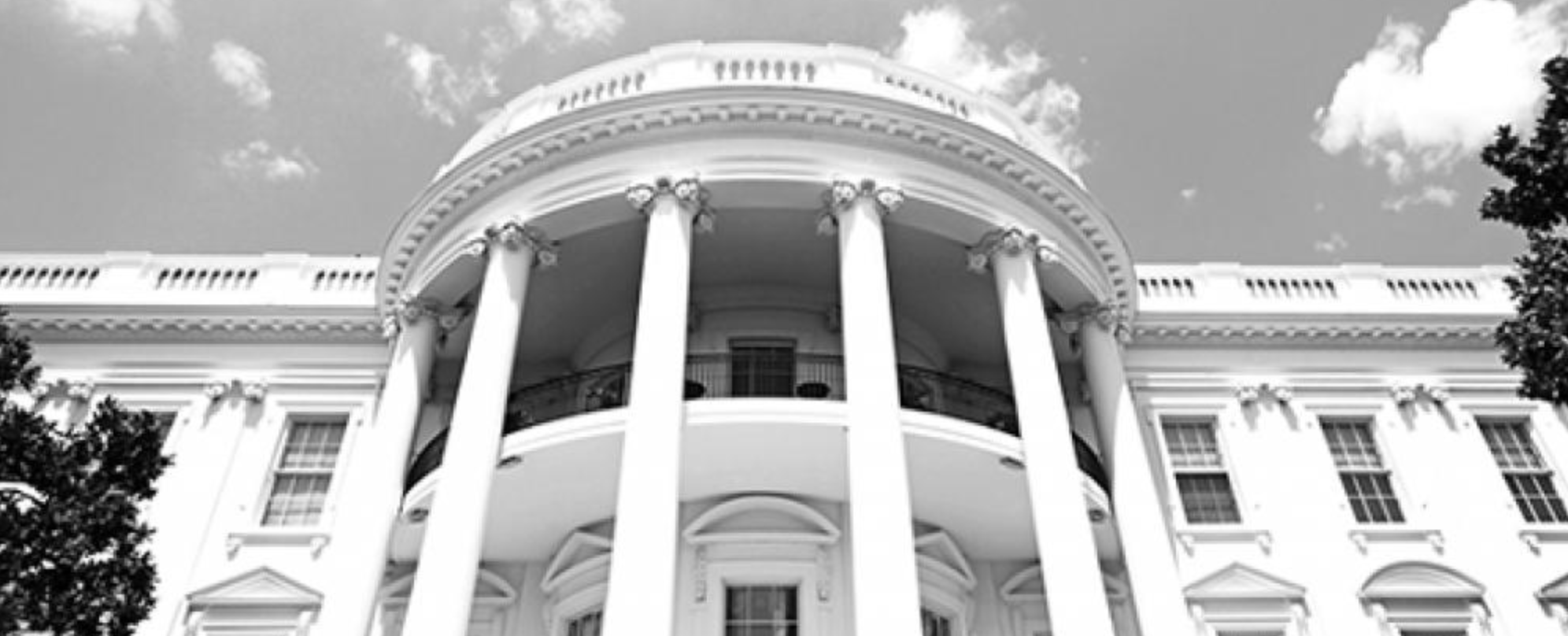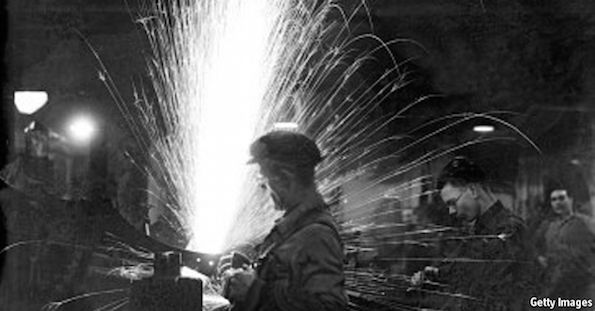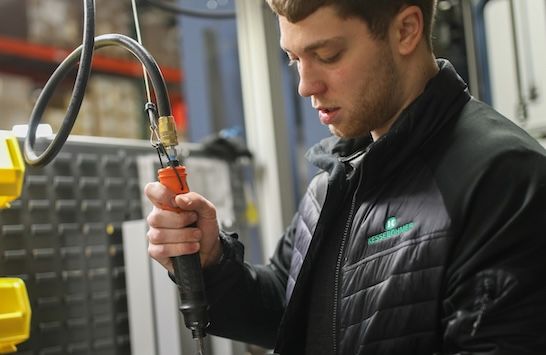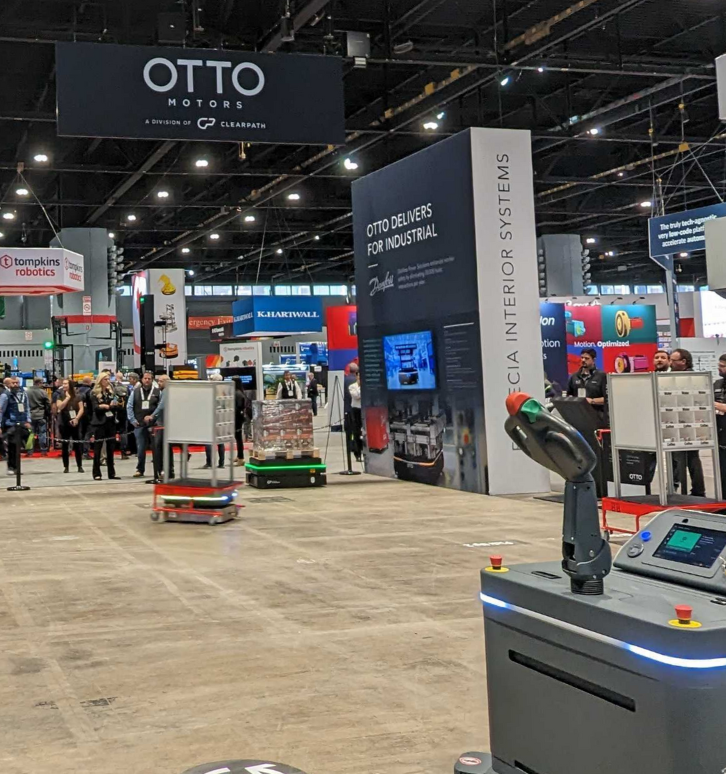Blog
Trump fuels onshoring movement in manufacturing

There is significant change happening in the manufacturing industry. The new U.S. president, Trump, is already acting on his campaign promise of promoting onshoring – bringing manufacturing jobs back to the country – and it’s having a global impact. A similar message is being heard in other regions as well, with politicians in countries like England and France striking a similar tone.
Trump was elected largely based on his commitment to re-growing the manufacturing industry in America. One tactic appears to be offering "rewards" for businesses for onshoring their operations, while threatening taxes and penalties for those who keep manufacturing outside of the country.
The President’s actions have already begun to create a shift in the industry. Here’s an example of a company (Trans-Lux) who has chosen to return production back to the US after offshoring for a number of years. Of course, gaining a competitive advantage is a requirement for manufacturers to make such a decision to reshore production. Onshoring will not happen if it does not make sense economically for the company - that is what matters most in the end.
Why the onshoring movement starts with Industry 4.0

Photo credit: The Economist, getty images
A recent article in The Economist points out just how different modern manufacturing is compared to the past.
The truth remains that low skilled, low paying manufacturing jobs go to poor countries – this will likely never change. High paying jobs go to (or stay in) rich countries with the technology and infrastructure to do complex things. The application of new technology is a main part of Industry 4.0. Here, benefits like eliminating manufacturing overhead and the enablement of flexible manufacturing help to overcome the hard costs of any labor differential between countries.
Let’s be clear, manufacturing has forever changed and most jobs in manufacturing will never be the same as they were even a decade ago - regardless of where they are performed. The modern, smart factory that “rich” countries want to build requires different types of employees to make it work and be competitive.
Prosperity through autonomous vehicles?

Photo credit: Handling and Storage Solutions
It’s the application of new technologies like autonomous vehicles and industrial robotics that will be the most important enabler that helps make reshoring viable – more so than just government legislation.
Properly employed, the efficiencies gained by using these technologies allows factories to operate within a market like the U.S. competitively against other traditionally lower cost markets. All manufacturing technologies need to be designed, produced, and maintained which create quality jobs themselves. And, despite a common perception to the contrary, the result a net positive benefit to the job market overall.
It’s impossible as a citizen of any country to not be hopeful for the prosperity that the return of manufacturing could bring. Populist rhetoric from politicians aside, it’s important to temper expectations with the understanding of what this really looks like and the types of jobs that get created.
Sustainable reshoring can only happen as the result of technology and more efficient manufacturing operations, and not simply through tariffs and mandated higher wages. The reality is that manufacturing will probably always require competition between rich and poor countries – the technology haves and have nots.







